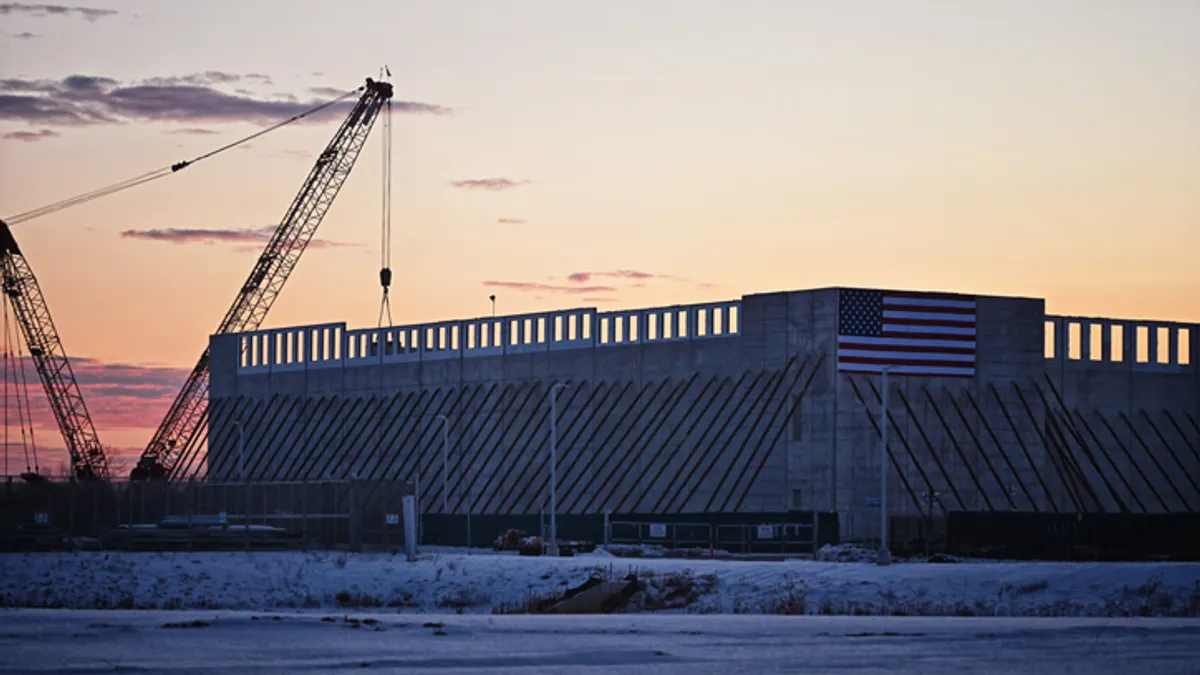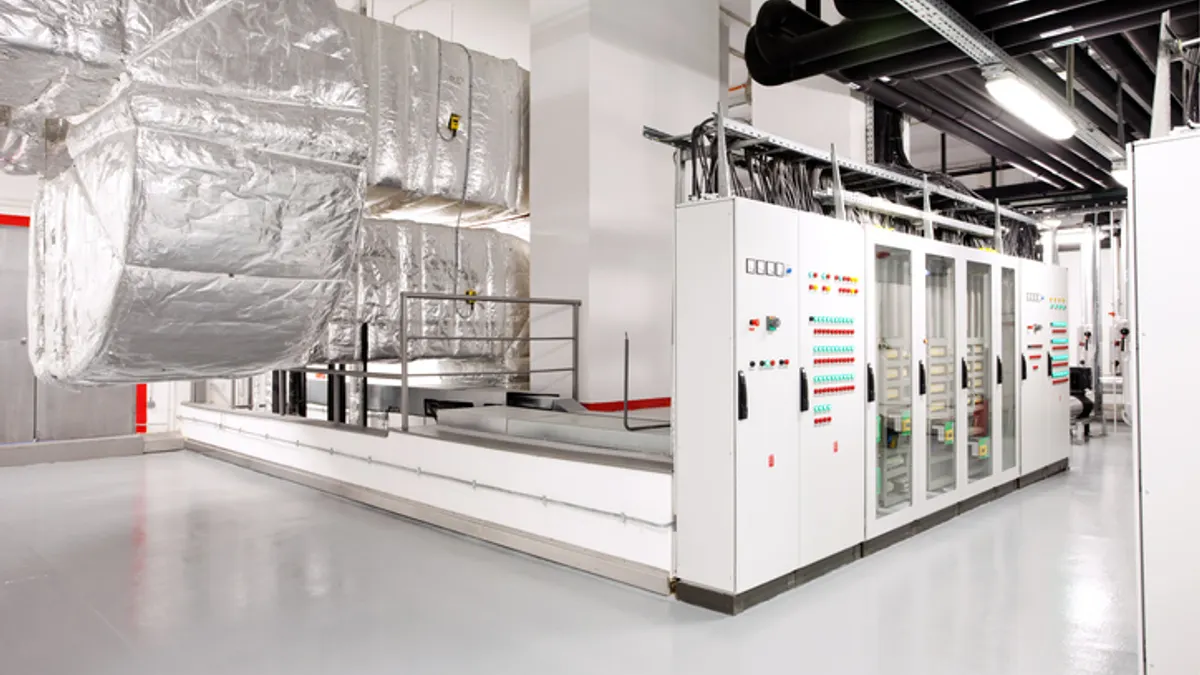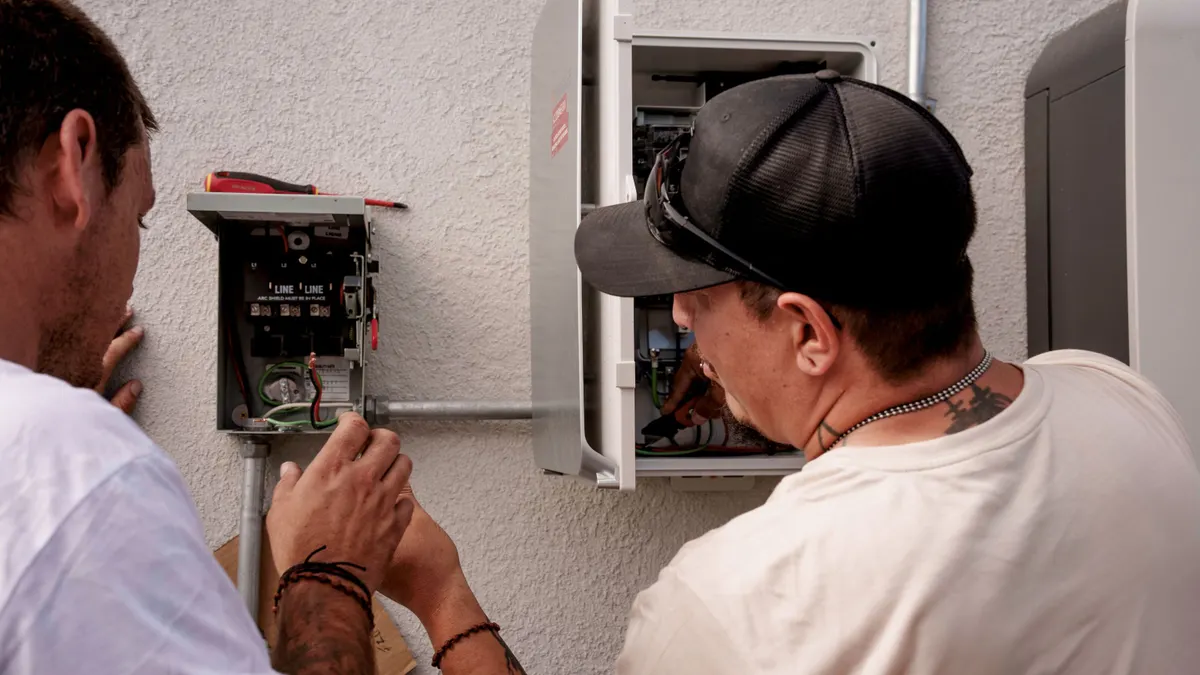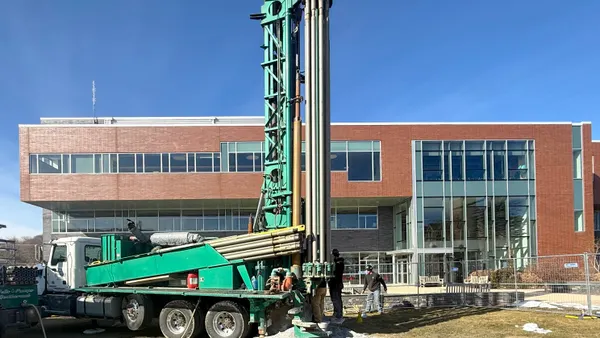Allowing data centers to get through the permitting process quicker if they’re energy and water efficient and located in areas with abundant clean power and water is one way to manage data center growth while minimizing their negative impact, according to a report by researchers from the University of California at Riverside and Next 10, a policy group.
The report focuses on California — the third biggest data center state behind Virginia and Texas — but its implications go further as other states look to see how the state is addressing its data center impacts.
“California can continue to demonstrate that economic growth in the digital sector can be compatible with ambitious climate action and community well-being, setting a model for other states and regions to follow,” says the report, released this week.
Disproportinate impact
Even though two-thirds of California’s power is produced using clean energy, the state is seeing increasing environmental impacts from the growing percentage of power going to data centers, says the report.
Between 2019 and 2023, electricity use by California data centers increased 95%, and projections are for that to increase to as much as 356% by 2028, the report says. That means data centers would be consuming 25.3 terawatt-hours of electricity annually, equivalent to the annual electricity consumption of 2.4 million households.
Carbon emissions from the state’s data centers are also skyrocketing, almost doubling from 1.24 million tons in 2019 to 2.38 million in 2023, and they’re projected to reach up to 5.56 million tons by 2028 — an increase of 348%, the report says.
Water consumption is increasing at a similar rate because of the way the facilities rely on large amounts of water to keep their systems cool, creating a problem for a state that’s already facing a water crisis.
“Volumes of fresh water for cooling and electricity generation … could rise to 116 billion liters annually — a concern in a state that regularly faces drought and water shortages,” says Shaolei Ren, associate professor in UCR’s Marlan and Rosemary Bourns College of Engineering and co-author of the report.
Healthcare spending is another metric moving in the wrong direction, the report says, in part because nearly 90% of the state’s data centers are backed up by diesel generators, which release greenhouse gasses containing fine particulate matter and nitrogen oxides.
Although the generators are for backup, facilities operate them regularly to meet the state’s strict testing requirements and to help data centers manage power during peak load periods. As a result, their emissions are creating consequences for people, the report says. From 2019 to 2023, health costs attributed to the facilities tripled, from about $45 billion to $155 billion, and are on track to rise to $267 billion by 2028.
Even under a low-growth scenario, the state faces approximately “3,900 asthma symptom cases and 490 lost workdays per year” attributable to data center-related emissions by 2028, the report says.
Recommendations
In addition to recommending rules encouraging facilities to be located in areas with abundant clean power and water and that have energy and water efficiency built in from the outset, the researchers share a handful of ideas for managing data center growth:
- Encouraging facility operators to transition away from diesel generators for backup power. “Cleaner and more sustainable backup options [are available], such as battery energy storage systems, fuel cells, and other advanced alternative fuels,” the report says.
- Standardizing reporting for electricity consumption, carbon emissions, water consumption and associated public health impacts. Absent unified reporting, state officials can’t get a clear picture of data center impacts to help them design rules in response. “A consistent, high quality comparative base [is needed] to inform targeted policy interventions,” the report says.
- Institutionalizing community science and cross-sector research. “Disseminating … findings through accessible reports and structured public workshops would enhance community capacity to evaluate risks and collaborate with researchers and regulators in developing context-specific strategies,” the report says.
Given its leadership in technology and environmental policy, the state is equipped to manage data center growth but it will take effort, the report says. “The path forward necessitates coordinated efforts among policymakers, industry stakeholders, and civil society to ensure that digital infrastructure expansion does not exact an untenable toll on environmental integrity and collective community well-being,” it says.










